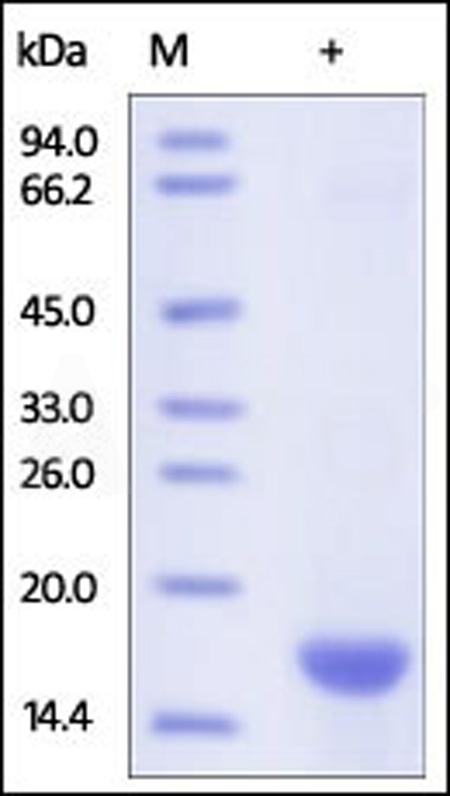LC/MS-based lipidomics and transcriptomics reveal lipid diversity and regulatory networks underlying intramuscular fat differences in Xingguo grey geeseZou, Zhang, Xiong
et alPoult Sci (2025) 104 (5), 105066
Abstract: Intramuscular fat (IMF) serves as a crucial economic indicator of meat quality. To investigate the heterogeneity of IMF composition and its regulatory mechanisms in Xingguo (XG) geese with varying IMF levels, lipidomics and transcriptomics were utilized. The analysis of lipid profiles revealed that the predominant lipids in the IMF of XG geese were glycerophospholipids (GPs), followed by glycerides (GLs). Interestingly, the low-IMF group exhibited an increase in GPs, specifically phosphatidylethanolamines (PEs) and phosphatidylcholines (PCs), while the high-IMF group showed elevated levels of triacylglycerols (TAGs). Transcriptomic analysis indicated that genes related to extracellular matrices (ECM)-receptor interactions, focal adhesion, mitogen-activated protein kinase (MAPK), and forkhead transcription factors O (FoxO) signaling pathways were upregulated in the low-IMF group. In contrast, genes involved in metabolic processes were more pronounced in the high-IMF group. A comprehensive analysis combining lipidomics and transcriptomics identified CD36, fatty acid-binding protein 5 (FABP5), troponin I2 (TNNI2), and coronin-6 isoform X1 (CORO6) as essential regulators influencing IMF accumulation in XG geese. This research emphasizes the significant lipids, genes, and signaling pathways that play roles in IMF accumulation, providing a theoretical basis for enhancing the meat quality of XG geese.Copyright © 2025. Published by Elsevier Inc.
Expression profiles of FABP4 and FABP5 in breast cancer: clinical implications and perspectivesJiang, Xiong, Yu
et alDiscov Oncol (2025) 16 (1), 357
Abstract: The incidence of breast cancer continues to rise each year despite significant advances in diagnosis and treatment. Obesity-associated dysregulated lipid metabolism is believed to contribute to the increasing risk of breast cancer. However, the mechanisms linking lipid dysregulation to breast cancer risk and progression remain to be determined. The family of fatty acid binding proteins (FABPs) evolves to facilitate lipid transport and metabolism. As the predominant isoforms of FABP members expressed in breast tissue, adipose FABP (A-FABP, also known as FABP4) and epithelial FABP (E-FABP, FABP5) have been shown to play critical roles in breast carcinogenesis. In this study, we collected surgical breast tissue samples from 96 women with different subtypes of breast cancer and comprehensively analyzed the expression pattens of FABP4 and FABP5. We found that distinct expression profiles of FABP4 and FABP5 were associated with their unique roles in breast cancer development. FABP4, mainly expressed in breast stroma, especially in adipose tissue, likely supported neighboring tumor cell lymphovascular invasion through secretion from adipocytes. In contrast, FABP5, primarily expressed in epithelial-derived tumor cells, could promote tumor metastasis by enhancing lipid metabolism. Thus, elevated levels of FABP4 and FABP5 may serve as poor prognostic markers for breast cancer. Inhibiting the activity of FABP4 and/or FABP5 may offer a novel strategy for breast cancer therapy.© 2025. The Author(s).
Decreased PAX6 and DSG1 Protein Expression in Corneal Epithelium of Patients with Epithelial Basal Membrane Dystrophy, Salzmann Nodular Degeneration, and PterygiumStachon, Fries, Li
et alJ Clin Med (2025) 14 (5)
Abstract: Background/Objectives: Evaluation of stem cell, keratin, retinoic acid metabolism markers and non-coding micro-RNAs (miRNAs) in conjunctival and corneal samples of patients with epithelial basal membrane dystrophy (EBMD), Salzmann nodular degeneration (SND), pterygium and congenital aniridia (CA), to detect similarities and differences in their pathogenesis. Methods: Impression cytology (IC) samples and corneal epithelial samples (CEs) of patients with EBMD, SND, pterygium, congenital aniridia, and healthy control subjects have been analyzed. The IC samples were subjected to qPCR, and the epithelial samples were subjected to qPCR and WB. Limbal epithelial stem cell markers, keratins, retinoic acid metabolism markers, and miRNAs were analyzed. Results: In conjunctival IC samples, PAX6 mRNA expression was significantly lower in EBMD, SND, pterygium, and CA compared to healthy controls (p ≤ 0.02). KRT13 mRNA expression was significantly higher in EBMD, SND, and pterygium (p ≤ 0.018), and FABP5 was increased in pterygium samples (p = 0.007). MiRNA-138-5p was significantly higher in aniridia samples than in normal controls (p = 0.037). In corneal epithelial samples, PAX6 protein, DSG1 mRNA and protein, miRNA-138-5p, and miR-204-5p expression were significantly lower in EBMD, SND, and pterygium samples than in controls (p ≤ 0.02). ALDHA1 mRNA expression was significantly lower (p < 0.0001), and FABP5 mRNA expression was significantly higher (p = 0.014) in pterygium samples than in controls. Conclusions: PAX6, DSG1, miR-138-5p, and miR-204-5p expression is decreased in the corneal epithelium of epithelial basal membrane dystrophy, Salzmann nodular degeneration, and pterygium subjects. In addition, there is a dysregulation of markers of the retinoic acid signaling pathway, such as ADH1A1 and FABP5, in the corneal epithelium of pterygium subjects. These changes may offer therapeutic targets in the treatment of these ocular surface diseases.
Direct sensing of dietary ω-6 linoleic acid through FABP5-mTORC1 signalingKoundouros, Nagiec, Bullen
et alScience (2025) 387 (6739), eadm9805
Abstract: Diet influences macronutrient availability to cells, and although mechanisms of sensing dietary glucose and amino acids are well characterized, less is known about sensing lipids. We defined a nutrient signaling mechanism involving fatty acid-binding protein 5 (FABP5) and mechanistic target of rapamycin complex 1 (mTORC1) that is activated by the essential polyunsaturated fatty acid (PUFA) ω-6 linoleic acid (LA). FABP5 directly bound to the regulatory-associated protein of mTOR (Raptor) to enhance formation of functional mTORC1 and substrate binding, ultimately converging on increased mTOR signaling and proliferation. The amounts of FABP5 protein were increased in tumors and serum from triple-negative compared with those from receptor-positive breast cancer patients, which highlights its potential role as a biomarker that mediates cellular responses to ω-6 LA intake in this disease subtype.

























































 膜杰作
膜杰作 Star Staining
Star Staining















